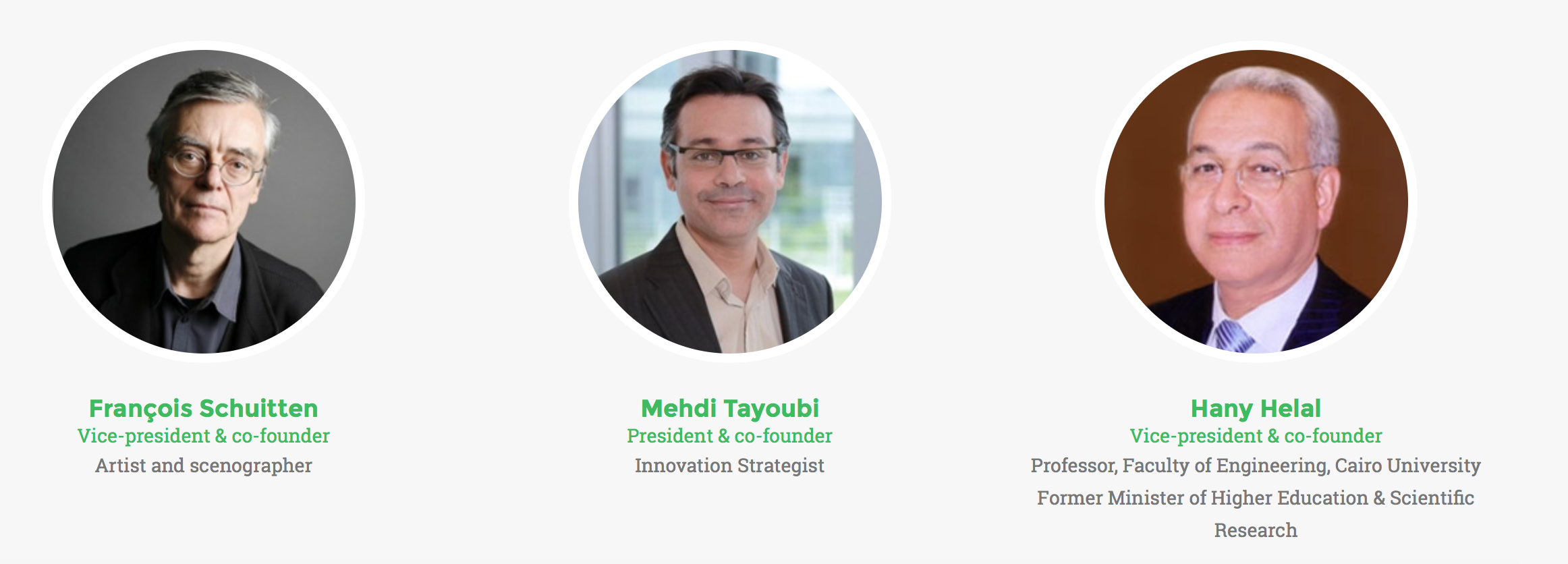Schuiten to discover the Mysteries of the Pyramids?
“Just because a mystery is 4500 years old doesn’t mean it can’t be solved…“
This could be the motto of the exceptional scientific mission launched October 25, 2015, under the authority of the Egyptian Ministry of Antiquities, initiated, designed and coordinated by the Faculty of Engineering of Cairo and the French HIP Institute (Heritage, Innovation and Preservation). Radiographic muons, aka cosmic particles, infrared thermography, photogrammetry, scanner and 3D reconstruction: the most innovative technologies will be used by researchers of international renown and three major universities: the Faculty of Engineering of Cairo University, Université Laval of Quebec and Nagoya University of Japan. Their goal: to probe the heart of the largest pyramids of Egypt, without drilling the slightest opening.
The scientific mission “Scan Pyramids” is an unprecedented, large-scale project and will begin early November. It will focus on four masterpieces of the Fourth Dynasty (2575-2465 BC): on the site of Dahshur, about fteen kilometers south of Saqqara, the mission will study the South pyramid, called the Bent, and the North pyramid, called the Red, both built by Snefru (2575 - 2551 BC). On the Giza plateau at about twenty kilometers from Cairo, it will study the pyramids of Khufu and Khafre, built by the son and grand-son of Snefru.
This campaign, supported by the Egyptian authorities, is entirely dedicated to the advancement of knowledge. Sharing and transfer are the key words. “Our desire is to form a team of international experts, says Mehdi Tayoubi, HIP Institute president and co-director of the mission, then discuss and confront the theoretical and technological approaches to the archaeological ground reality.”

HIP.Institute is a non-profit organization created in 2015, dedicated to the study, preservation and transmission of cultural heritage through the application of groundbreaking technologies. Its founders have worked for years to promote a better collaboration between innovative disciplines. First, Hany Helal, professor at the Faculty of Engineering of Cairo, former Minister for Research and Education, was one of the pioneers of collaboration between engineers and archaeologists in Egypt. He participated in micro gravimetric campaign done by the EDF Foundation in Khufu just 30 years ago, which revealed intriguing sub density images. Then, famous cartoonist François Schuiten, who inherited his father's passion for architecture, and worked on many set designs around urbanism. Finally, the president of the Institute Mehdi Tayoubi innovation strategy specialist led at Dassault Systèmes several projects around Egyptian patrimonial (3D reconstructions of the Giza plateau with Harvard University, the development of Djedi robot, with the University of Leeds, to explore Khufu’s corridors led by Zahi Hawass – egyptian archaeologist, and the simulation of a construction theory advanced by the French architect Jean-Pierre Houdin concerning an internal ramp).
HIP.Institute receives financial, technological and skills support from companies such as Dassault Systèmes, Schneider Electric, Parrot, NHK, which are sensitive to innovation and heritage. As a motto, the HIP.Institute has chosen a quote from the poet Aimé Césaire: “The shortest way towards the future is the one that starts by deepening the past.”
